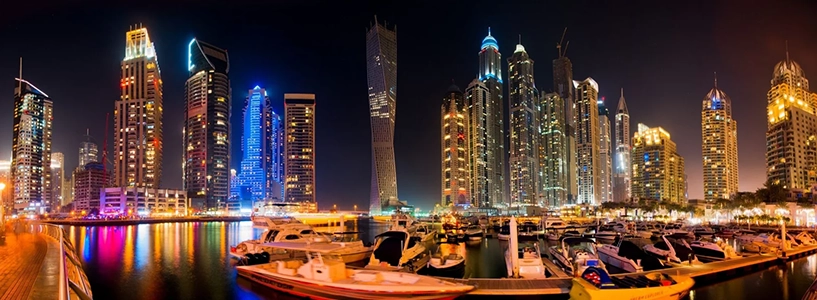The Supreme Court of India has recently announced that the lawyers should argue their cases online since the environment of New Delhi is under the hazardous conditions wherein the air quality has reached to the almost lower level, making it problematic for the people to breathe. For decades, Delhi’s pollution has been taken as a seasonal challenge, addressed through temporary instruments like restriction on construction activity, emergency advisories, and closures of schools. However, the decision of the upper-level court in the country to adjust its day-to-day activities only for the reason of air being too hazardous to breathe elevates the situation to an extreme level. It demonstrates that such degradation in the environment has started to comprehend the core democratic institutions and is directly influencing the ability to deliver justice.
This announcement made by the Supreme Court reinforces increasing reality that climate change is no longer a distant policy problem debated in conferences or academic circles. It is prompting transportation, public health, daily life, and even the functioning of constitutional bodies. Advocates, court staff, security officers, and other thousands of daily visitors to the Supreme Court premises are exposed to unhealthy environment when pollution turns up to such dangerous heights. It has been considered that there are many senior advocates who have reached above average age, and the continuous travel between courtrooms, chambers, and homes under such situations poses significant risks. The judiciary system therefore observes itself to adjust to such environmental changes that eventually affect traditional activities and put up certain questions about how long physical court proceedings can be the singular method of dispensing justice. The change to virtual hearings, although making it for temporary purposes, is not an isolated response. India’s judiciary had already undergone into digital transformation during the pandemic, which risen the concept of e-hearings, e-filling systems, online orders and overall virtual access to the documents became the norm.
The utilization of virtual court rooms due to the increment in air pollution can be marked as a new milestone, environmental conditions are now affecting when and how courts function. It raises a fascinating question for the future: will virtual hearings become a daily basis routine method of shielding the judiciary system from environmental disturbances.
Though the virtual hearings have ensured a continuity of legal proceedings, however it also alarms about equitable access to justice. Major practitioners from city area may have the infrastructure and means of technology to adapt to online hearings, but there are certain lawyers from smaller towns or rural areas who still struggle with the developed technology and are inconsistent with internet connectivity, limited access to private, no professional spaces for the purpose of court appearances, and no adequate equipment. In case, the virtual hearings affected by the climate become more usual, then strengthening the accessibility of digital power must be made a constitutional priority. In order to ensure that all litigants and lawyers irrespective of the location or economic background can indulge in virtual hearings effectively and it is essential to prevent environmental emergencies from constructing new inequalities in the judicial system.
This enhancement also brings into focus the critical requirement for climate-resilient judicial infrastructure. Courts in India, specifically in big cities such as New Delhi, must consider long-term structural reforms. Green court facilities operational with better air filtration systems, improved ventilation, energy-efficient designs, and climate-responsive architecture can create potentially adopting hybrid calendars during severe weather months. Integrating virtual courts permanently into the judicial system, not only for emergencies but also for an institutionalized mechanism for certain categories of hearings, that could significantly decrease the travel related exposure and overcrowding while making judicial operations more effective and efficient.
It cautious us that the environmental neglect is intruding upon democratic institutions at an alarming pace. At the same time, it suggests an opportunity to rethink how the judiciary can embrace enhanced resilience, technology, and ensure uninterrupted access to justice regardless of climate fluctuations. Virtual courts, when strengthened and made accessible to all, can become a powerful tool for judicial continuity in an era marked by unpredictable environmental conditions.

Hritvik Gupta is a legal writer and researcher associated with LEGALLANDS LLP, where he contributes analytical and research-driven articles on corporate governance, international trade laws, and policy reforms. His writing reflects a deep understanding of evolving legal frameworks and their impact on cross-border commerce and regulatory compliance.
Hritvik’s work bridges practical legal insight with emerging global regulatory trends, offering readers a balanced perspective that combines academic depth with real-world application. He takes a keen interest in the intersection of law, technology, and international policy, contributing to the discourse on how businesses and governments can adapt to dynamic legal environments.
Through his contributions to Legallands.com, Hritvik aims to make complex legal developments more accessible, insightful, and relevant to businesses, professionals, and policymakers operating in an increasingly interconnected world.


